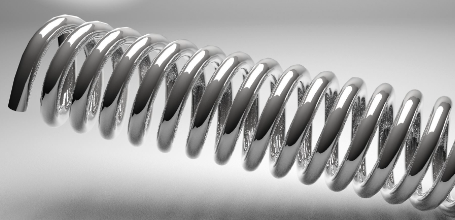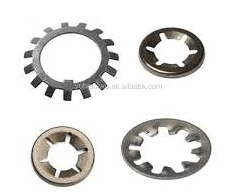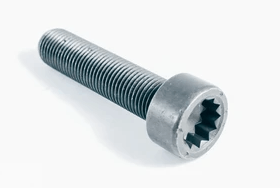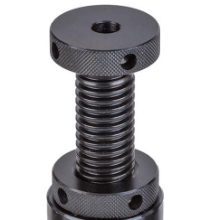Stainless Spring Steel Material Properties
We use steel in different kinds of mechanical applications. Because they have very important features that we can use. Also, stainless steel applications are very common in spring manufacturing. There is a special steel that we are using in spring manufacturing. Here we will take a look at the stainless spring steel material features.
What is Stainless Spring Steel?

It is a special class of steel that we are using in spring manufacturing. They provide very good features for spring applications in general.
The most common material is 301 stainless steel. They provide very good repeated stress resistance which we are expecting from the spring applications. Because there are lots of repeated loads in the mechanical systems that include springs.
Also, the corrosion resistance of these materials is superior: They can maintain corrosion resistance at high temperatures such as 1600 degrees Fahrenheit.
In general, these materials are sold in wire wound situations. The most important application of the wire wounds, is they spring back when we apply force on them.
Also, 304 steel is very common in stainless spring steel applications.
Another important steel type is the 316 stainless steel application. They are very good in terms of corrosion resistance. The molybdenum element inside the stainless spring steel provides very good corrosion resistance.
Different Types of Stainless Spring Steel Materials
There are different types of stainless steels that you can use for the stainless spring material in the spring manufacturing processes.
301 Stainless Steel
This is the first type of stainless spring steel material. They are fatigue-resistant steel that has very good corrosion resistance.
- We can obtain yield strength of 140.000 to 145.000 psi from these steels.
- They are suitable for cold working applications to spring manufacturing.
- It has C40 Rockwell hardness which is very hard.
304 Steel Wire
They are more strong coils that you can find from different steel manufacturers.
- The tensile strength of these materials is around 205.000 psi which is very good for the wire manufacturing processes.
- 304 steel wires are compatible with the manufacturing processes for springs.
- You can find PTFE-coated ones for the highest quality and rust resistance.
316 Stainless Steel Wire
One of the strong stainless spring steels that we can find in the market.
- The tensile strength of these steel wires is around 225.000 very high psi.
- They are generally not heat treatable which is an important drawback for them.
- They are very good for chemical process applications because they have very good corrosion resistance levels.
Advantages and Disadvantages of Stainless Spring Steel Applications
There are different kinds of advantages and disadvantages of these applications. We need to consider them while we are selecting the right one for us.
Advantages
- The most important advantage of these stainless steel materials is their very good corrosion resistance. In general, there is no need for extra coatings and heat treatments to obtain much higher corrosion resistance.
- The recrystallization temperatures o the stainless spring steel applications are very high. So, we can use them up to very high temperatures such as 350 degrees Celsius.
- They are generally lightweight than copper-based alloys. And they provide much higher strength.
- Stainless spring steels provide much better directional properties which make them very good materials for cold working for spring manufacturing.
Disadvantages
- The electrical resistance of the cold-worked springs is very high. Sop makes them very hard the use in electrical applications.
- The welding characteristics of these materials are low. So, we can not use in the welding and brazing applications these steels.
- Also, very high tensile strength makes them very hard to process.
Last Words on Stainless Spring Steel Material
So these are the important differences and important points that we need to know about the stainless spring steel materials. If you have additional questions and comments about them, please leave them below.
Also, you can find other useful articles about the materials and springs on Fmechanic.com!



